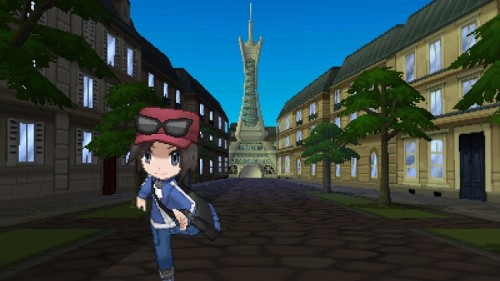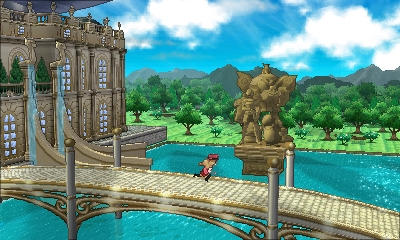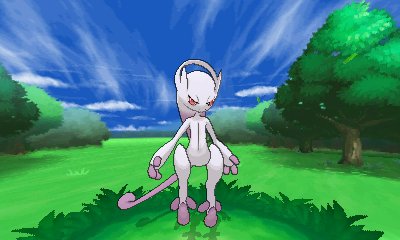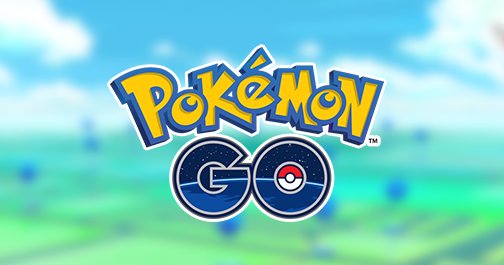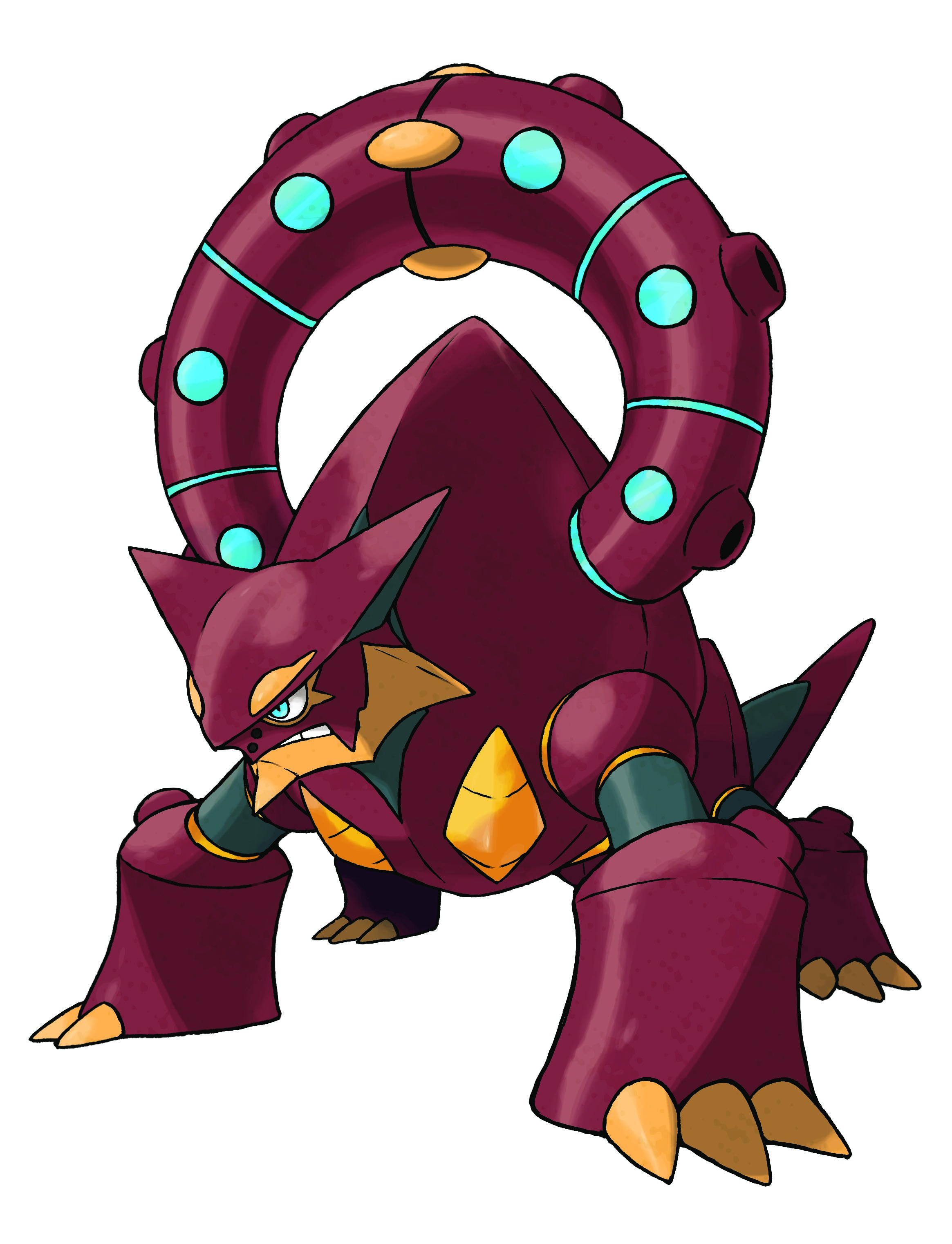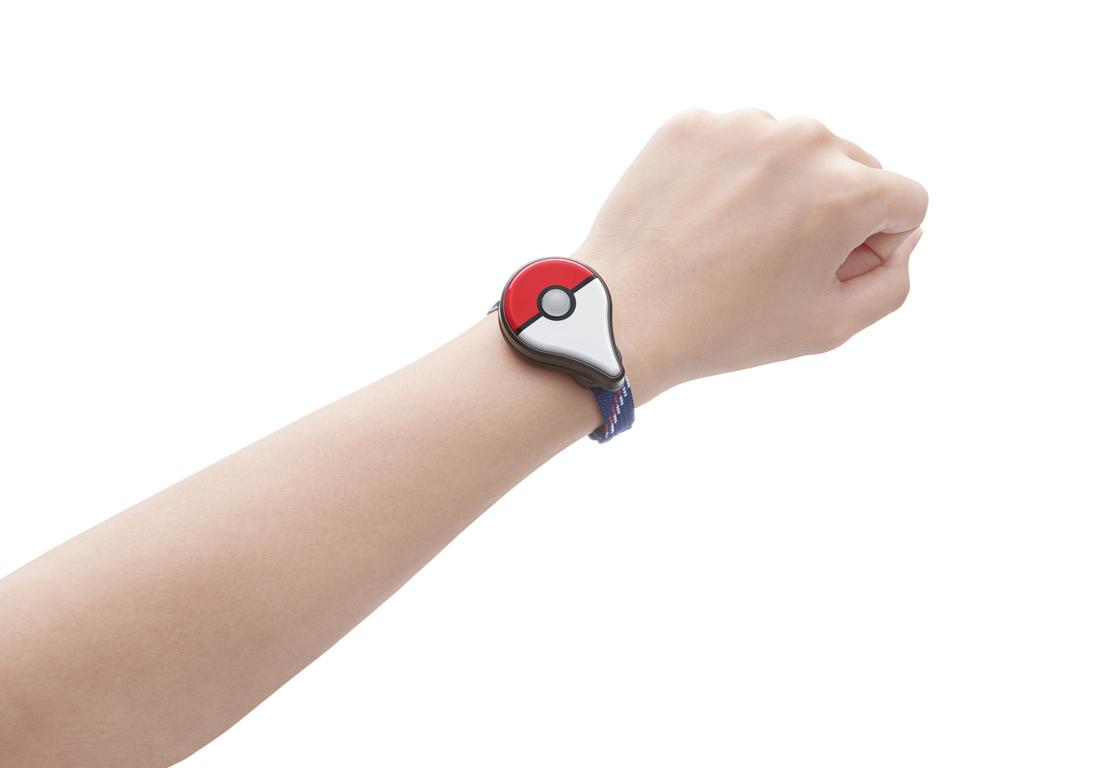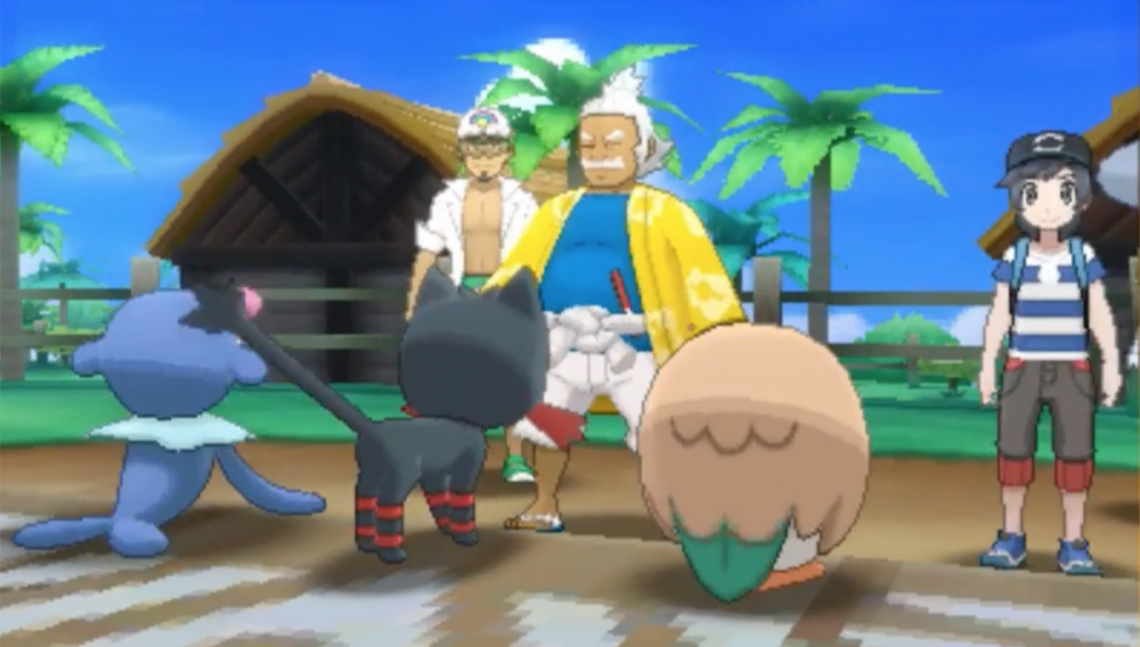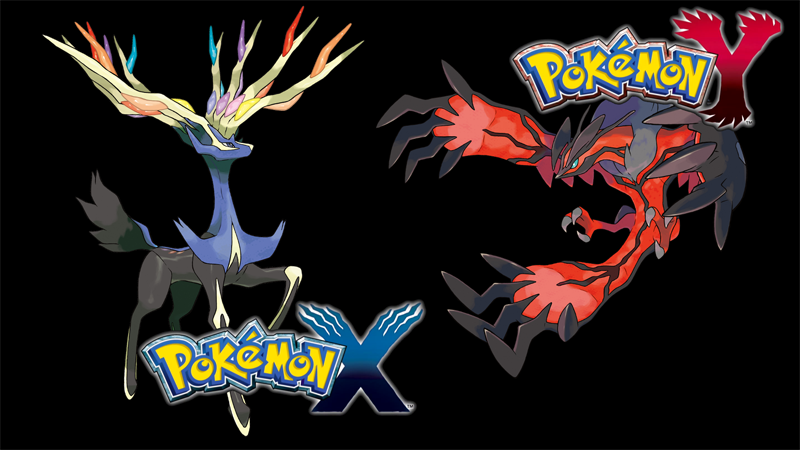
Pokémon has perennially been a series averse to change, and since its 1996 debut there has been little reason to. That magical formula – carefully selecting and training your own specialised team, amassing fame across regions and against friends, and collecting an ever increasing number of pocket monsters – has appealed to Pokéfans across five generations, despite only the most incremental of gameplay adjustments along the way.
X/Y, then, is somewhat of a shakeup to the series. This sixth generation of Pokémon brings newly animated 3D visuals, a rebuilt game engine, re-imagined soundtrack, and yes, eight-way directional input (who would’ve thought we could still get excited over diagonal movement?) Thanks to these additions, as well as others, X/Y is easily Game Freak’s most accessible title yet. Under the gloss and new paint, however, X/Y is still very much the same Pokémon title we’ve seen for many years, and whether this a good or bad thing largely depends on one’s own feelings for familiarity.
If you’ve played a traditional Pokémon game before, you’ll know how it goes. X/Y takes place in the new region of Kalos. Upon receiving your starter Pokémon, you’ll make your way across each city, battling gym leaders, dissuading a largely ineffectual criminal organisation, and striving towards becoming a Pokémon master. Winning badges from gym battles, as always, lends a nice sense of progression, though the story never strives to break the mold it set for itself over a decade ago.
On the visual front, X/Y is unsurprisingly the best it’s ever been. The crisp and clean cel-shaded animation is a delight and fits the Pokémon universe perfectly. A dynamic camera also tracks movement across particular locales and, while at times finicky, lends a welcome sense of depth and scale to the environment. These visuals look best during battle when the actual 3D imagery comes to the fore. I’ve never felt graphics alone make a decent game, but X/Y’s presentation enhances the experience by giving each creature it’s own unique personality and set of lifelike qualities – a significant step up from the basic sprites of past games.
If you’re expecting epic choreographed action though, you’d best keep your expectations in check. Your Pokémon are still glued in place and trade blows from a distance, and missed and failed attacks aren’t visually animated. It should also be noted that the framerate in battle may drop while the 3D is cranked up, but these complaints are never severe enough to diminish the overall gameplay which, at its core, is as fun and addictive as ever.
Game Freak has obviously looked towards personalising your X/Y experience. As you explore Kalos you can snap unique landmark photos, create promotional videos which others may pursue, and tweak your appearance and attire. You can also interact with your Pokémon practically any time outside of battle thanks to the new Super Training and Pokémon-Amie functions, which are ever-present on the 3DS’s bottom screen.
In Super Training you’ll find basic mini-games that award punching bags aligned to various base statistics. Selecting a Pokémon and tapping the screen raises the relative stat, or your Pokémon can perform this action independently (albeit at a slower rate) while you move freely about the overworld. Pokémon-Amie, on the other hand, lets you pet, feed and play with your Pokémon in a virtual environment to increase their affections towards you. Both Super-Training and Pokémon-Amie may lend you small advantages in battle, but the dull sliding and taping mini-games are simply not engaging enough to warrant the effort. Thankfully, neither are essential or ever forced upon the player.
A third feature on the bottom screen is the Player Search System, which lets you trade with or battle any trainer with an online connection. Online play now feels seamlessly integrated into the solo adventure thanks to the PSS’s on-the-fly accessibility (no Pokémon Centre required) and the surprising amount of flexibility afforded to your interactions with others. For example, the Pokémon of trainers you’re acquainted with may venture across to your virtual Amie-room with gifts, or you can trade temporary boosts dubbed O-Powers which aid you in battle and level up with repeated use. There’s also the Wonder Trade option which lets you deposit a Pokémon and receive a randomly selected one back from another trainer. While many inevitably offload their weaker monsters, it’s a fun distraction that occasionally rewards you with something delightfully unexpected.
Even with an updated presentation and host of new features, it’s the smaller tweaks in X/Y that I was perhaps most appreciate of. After a few short hours you’ll receive a pair of roller-skates which limit travel time from the get-go and automatically equip when you use the circle pad. Likewise, a Group EXP item can be voluntarily attached to your entire party, meaning that all your Pokémon while receive experience for battles, regardless of whether or not they left their Pokéball. EXP is now rewarded for catching Pokémon too (encouraging you seek out even more), plus you can expect to find mid-way healers occupying many of Kalos’ routes and dungeons, which eliminates tedious backtracking.
Despite the obvious list of improvements, not everything in X/Y hits the mark. HM’s, for example, still take up a slot in your move list and essentially waste one of your Pokémon’s more effective abilities. Likewise, Horde Battles are boring endeavours against multiple low-level foes, while Sky Battles are pointless if you don’t invest in flying-type Pokémon (this might also explain why there are so few). Both of these battle types are new to X/Y, but feel tacked on compared to the engaging Rotational Battles from Gen. V that added an extra layer of strategy to regular encounters. There’s also, of course, the much talked about Mega Evolutions that offer a new (but temporary) evolution for select Pokémon to make them stronger mid-battle. These transformations are visually stunning but, again, don’t add anything noteworthy to the already rock-solid Pokémon formula.
While X/Y is easily the series’ most notable step forward to date, the applied tweaks to the core game are minimal enough to not deter veteran fans who’d just as happily play Pokémon Red and Blue again. Granted, not every new addition in X/Y breaks new ground, but those that do – stunning visuals, increased accessibility, and better online play – are implemented cleverly and effectively. Those tired of this long-running series might feel there’s not enough here to invest in, but for all others, X/Y will have you covered whether you’re a novice or a Pokémon Master.
New visuals are gorgeous and bring Kalos to life | Increased accessibility to newcomers | Improved online features | Options for customisation
Basic story arc/progression is the same as ever | Assigning HM’s is still tedious | New battles types and Mega Evolutions feel ancillary

